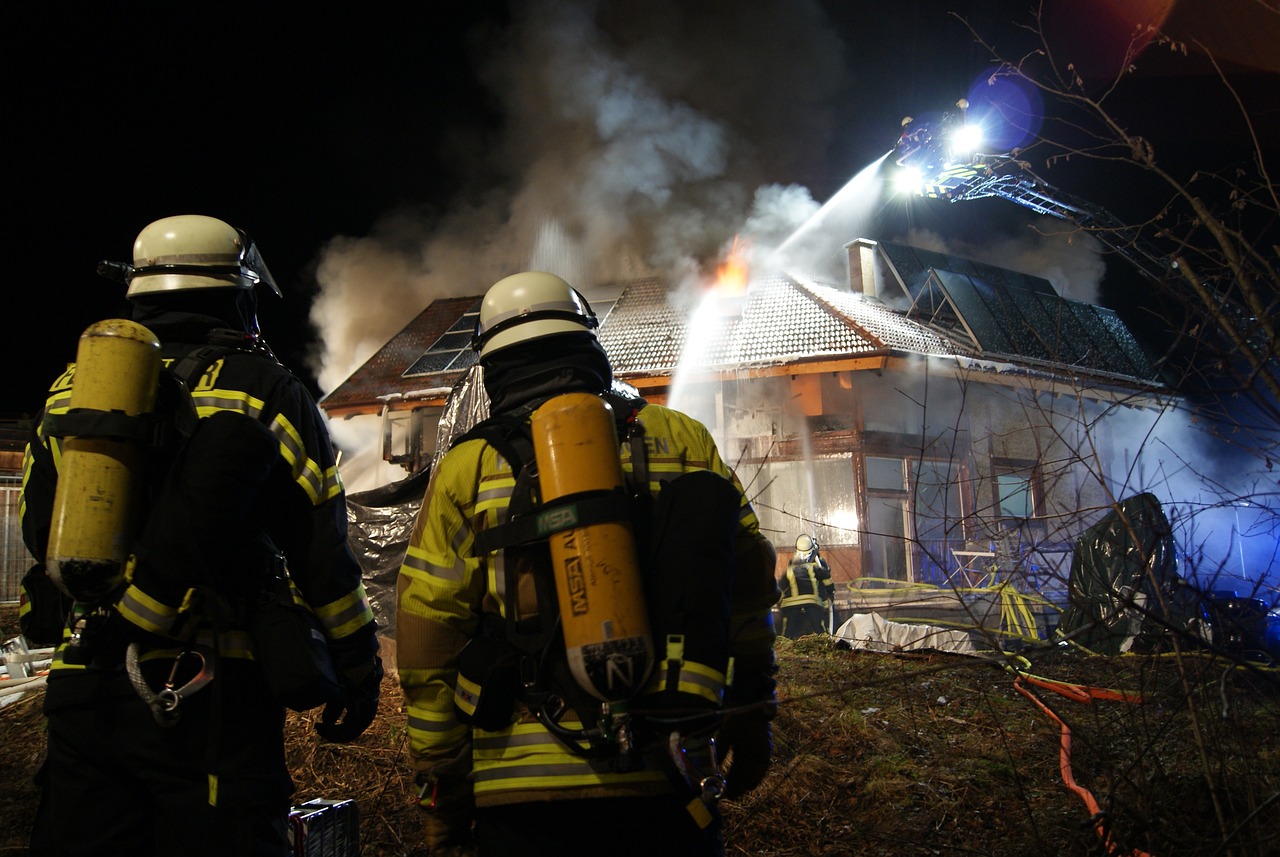 Firefighting foam, known as aqueous film-forming foam (AFFF), has been a trusted ally in the battle against flammable liquid fires for decades. Its exceptional ability to suppress fires involving petroleum-based substances and other flammable liquids has made it an indispensable tool in various settings.
Firefighting foam, known as aqueous film-forming foam (AFFF), has been a trusted ally in the battle against flammable liquid fires for decades. Its exceptional ability to suppress fires involving petroleum-based substances and other flammable liquids has made it an indispensable tool in various settings.
However, as the firefighting community has come to rely on AFFF, a concerning issue has emerged. Research has highlighted that certain chemicals found in the foam can cause environmental degradation while negatively impacting human health.
In this article, we will discuss the persistent environmental and health challenges posed by aqueous film-forming foam. We will be focusing on the long-term soil contamination resulting from extensive usage, and its legal and environmental ramifications.
Table of Contents
AFFF and PFAS: The Contamination Culprits
AFFF, or aqueous film-forming foam, is a potent fire suppressant designed to tackle fires fueled by flammable liquids. While it fulfills this vital role effectively, it is essential to recognize that the foam carries per- and polyfluoroalkyl substances (PFAS). According to Task Force Tips, this includes PFOS and PFOA, which are artificial chemicals not occurring naturally.
These PFAS compounds are the primary agents responsible for soil contamination arising from AFFF usage. They have the tendency to persist in the environment after being introduced, posing potential threats to both ecosystems and human health.
Widespread Usage and Contamination
AFFF is extensively employed across various settings, including aviation operations, chemical plants, military facilities, fire departments, and oil refineries. Its distinctive ability to control fires involving liquid fuels has rendered it indispensable for these applications.
However, the extensive use of AFFF has naturally led to soil contamination in and around these areas. The infiltration of PFAS compounds within the foam allows them to permeate the ground, accumulating in the soil over time.
Health Implications of Soil Contamination
Numerous studies have consistently correlated exposure to PFAS-contaminated soil with a range of health problems. According to Drugwatch, these illnesses include an elevated risk of cancer, liver damage, thyroid disease, and immune system dysfunction.
As PFAS chemicals seep into the soil, they have the potential to affect local ecosystems, wildlife, and human populations. An understanding of these health risks is essential, as they underscore the urgency of addressing AFFF-related soil contamination.
Legal Action and Accountability
In response to the enduring soil contamination caused by AFFF, a wave of legal action has emerged. TorHoerman Law notes that lawsuits have been filed against AFFF manufacturers and entities that utilized the foam.
The firefighting foam lawsuit alleges that they were aware of the health risks associated with PFAS but failed to issue warnings. These legal actions are a concerted effort to hold those responsible for soil contamination and its lasting repercussions accountable.
The legal battle over AFFF-related soil contamination remains persistent, emphasizing the need for responsible action and accountability. The battle is characterized by an influx of lawsuits filed against manufacturers like 3M.
It is continually evolving as new cases emerge. As noted by ConsumerNotice.org, there are about 6,229 pending AFFF lawsuits as of October 2023. Settlements, legal disputes, and ongoing cases continue to underscore the gravity of the issue.
Assessing Environmental Impact
The impact of long-term soil contamination from AFFF extends beyond human health, affecting the environment at large.
The persistence of PFAS in soil can disrupt ecosystems, harm plant and animal life, and potentially contaminate nearby water sources. Evaluating the environmental consequences of soil contamination is essential to gain an understanding of the problem.
Addressing the environmental impact of AFFF-related soil contamination requires a holistic approach. Comprehensive studies and monitoring are crucial to assessing the extent of the damage to ecosystems, enabling informed decision-making for environmental remediation.
Seeking Solutions and Prevention
Efforts to mitigate AFFF-related soil contamination encompass a range of strategies. This involves advocating for stricter AFFF regulation, creating eco-friendly firefighting alternatives, and giving priority to preventive steps to prevent ongoing soil contamination.
These actions are necessary for safeguarding both public health and the environment from the enduring effects of AFFF usage and soil contamination.
Final Word
While AFFF is critical for extinguishing flammable liquid flames, its widespread usage in firefighting has caused major environmental issues owing to PFAS contamination. The growing wave of legal actions against manufacturers underscores the urgency of accountability.
Beyond human health, the long-term impact on ecosystems and water sources necessitates proactive solutions. Stricter regulations, development of eco-friendly alternatives, and preventative measures are crucial to curbing ongoing soil contamination.
The evolving legal landscape with thousands of pending lawsuits signals a pressing need for collective efforts to address the enduring repercussions of AFFF usage.







